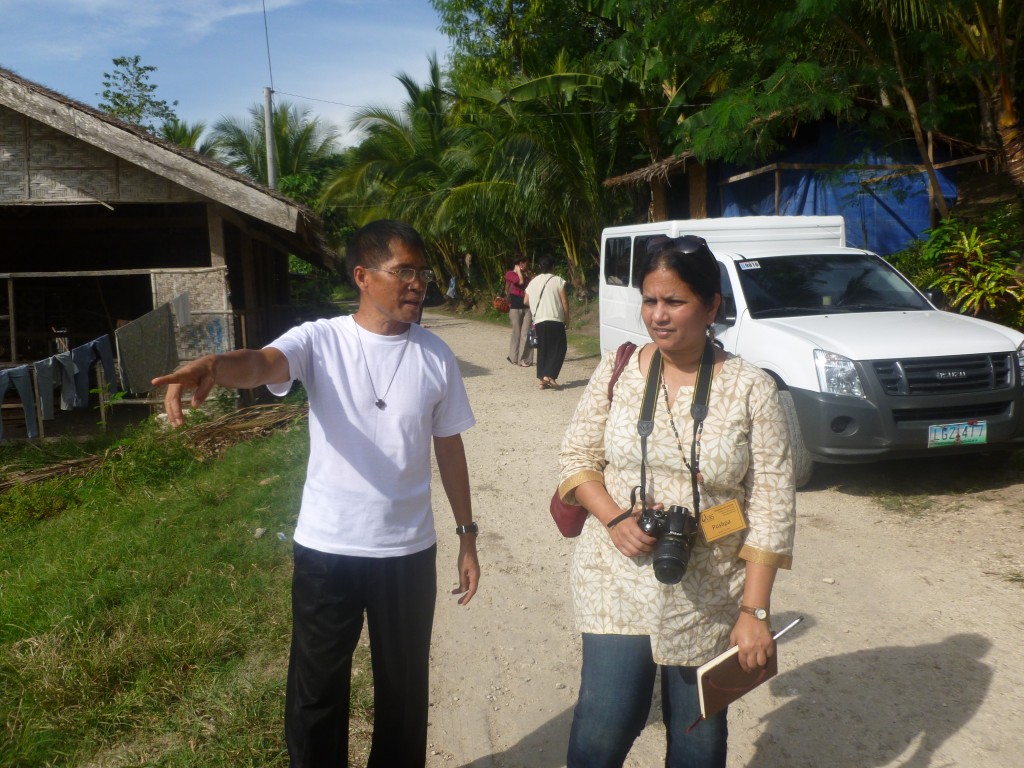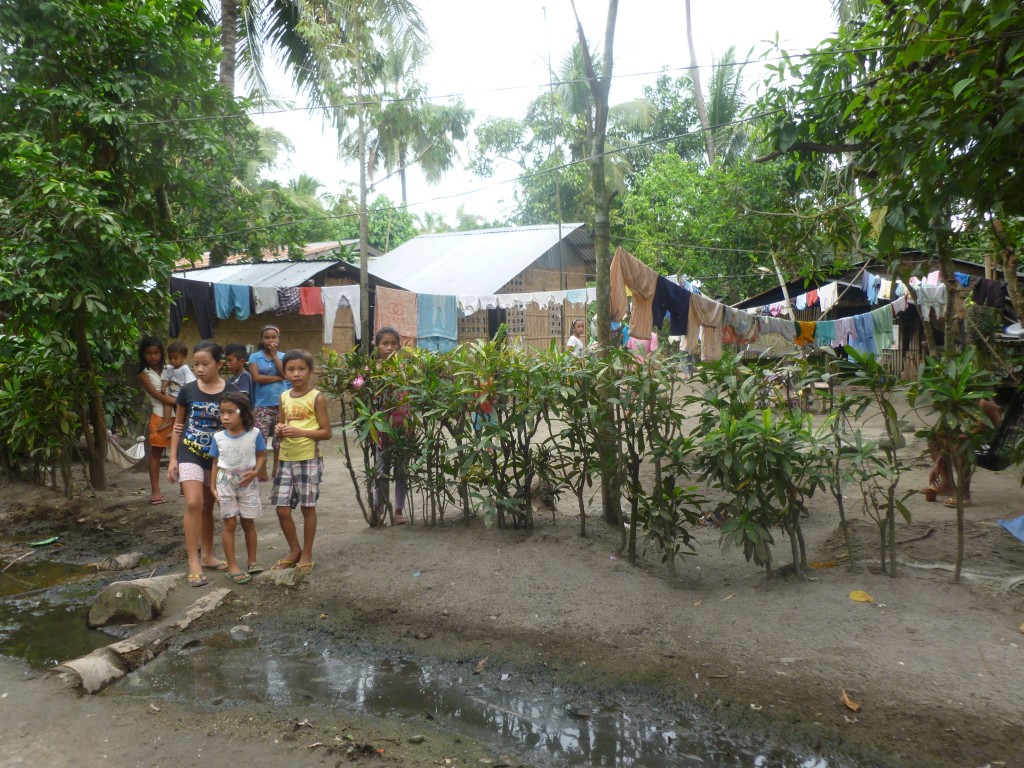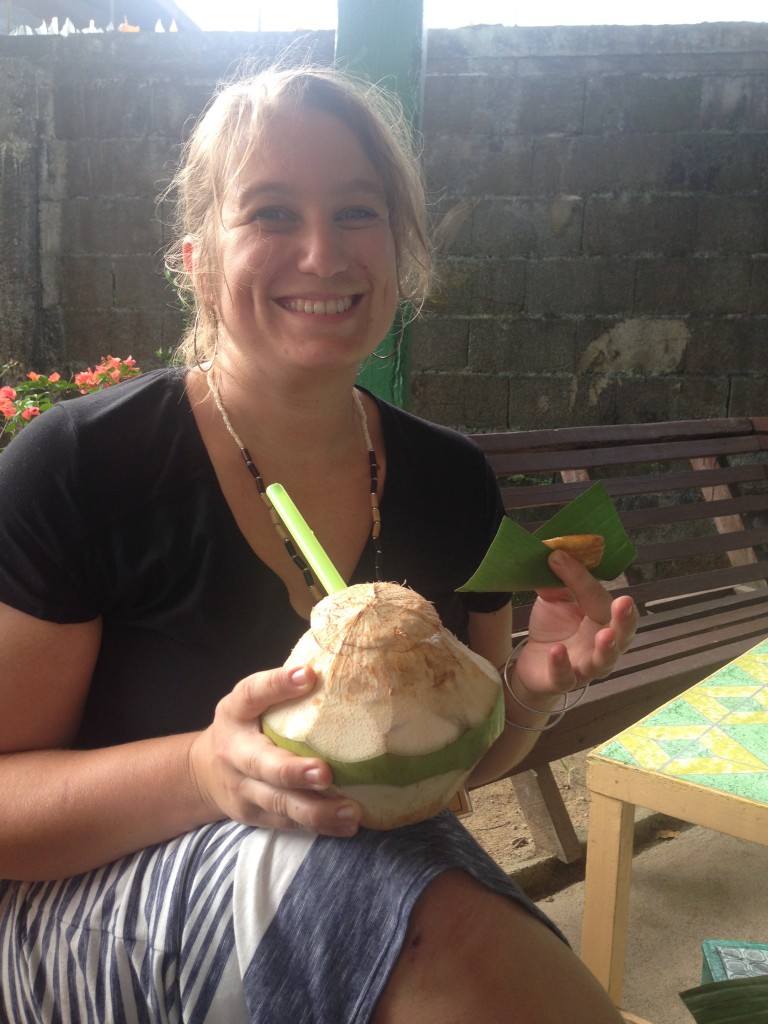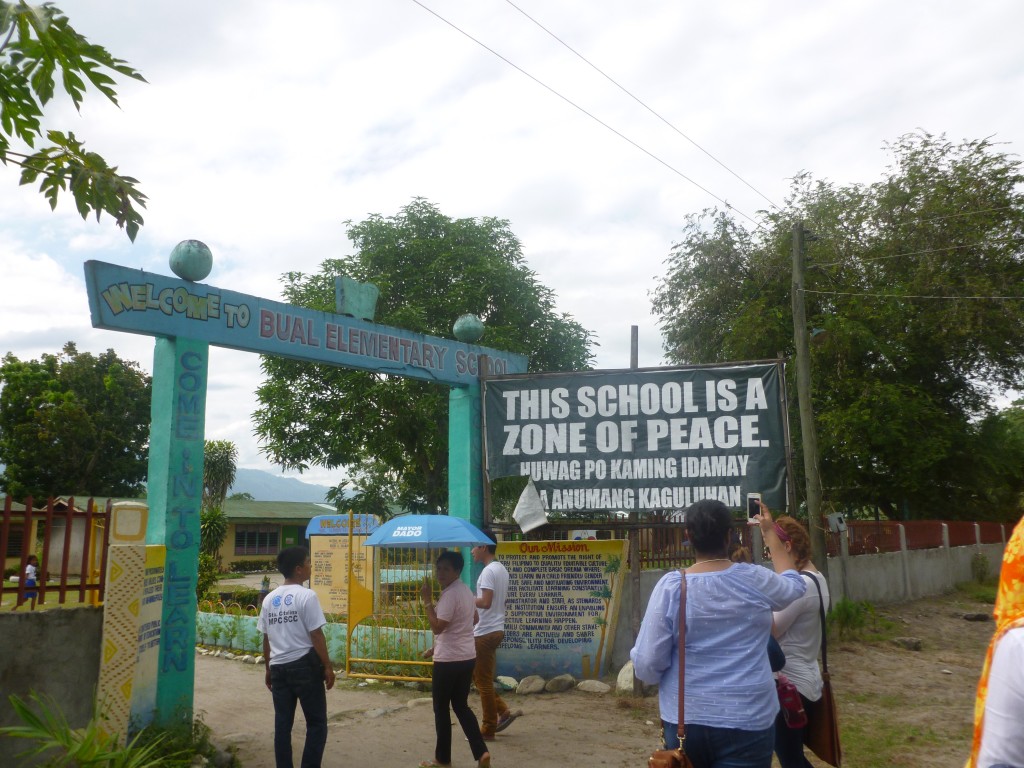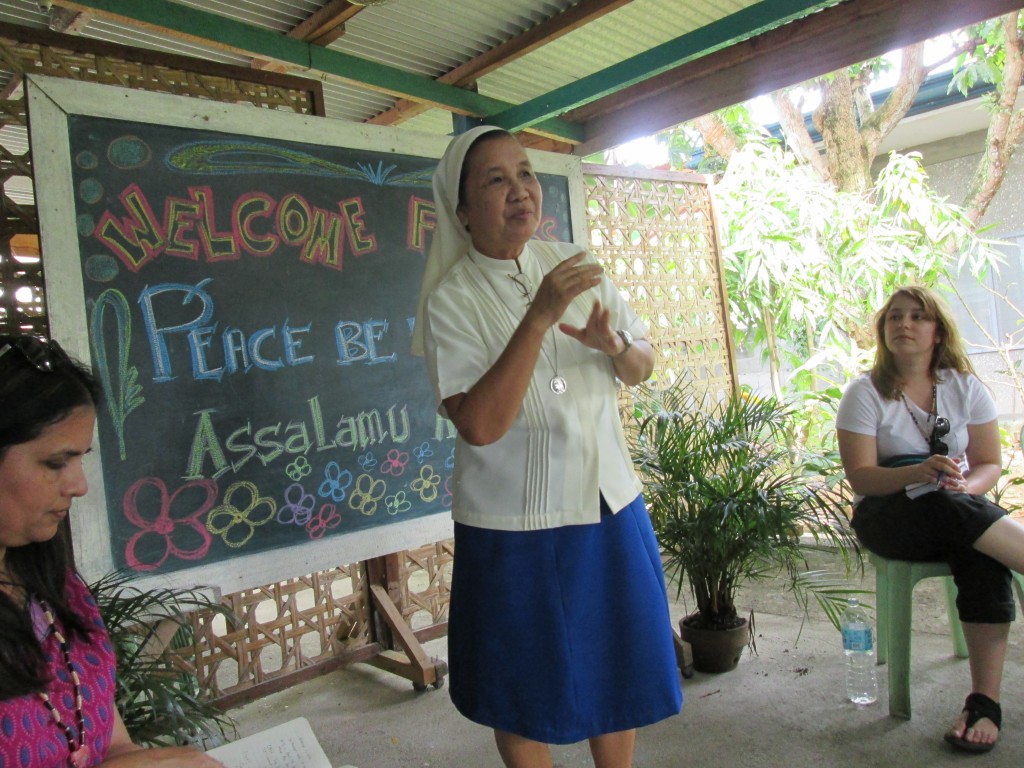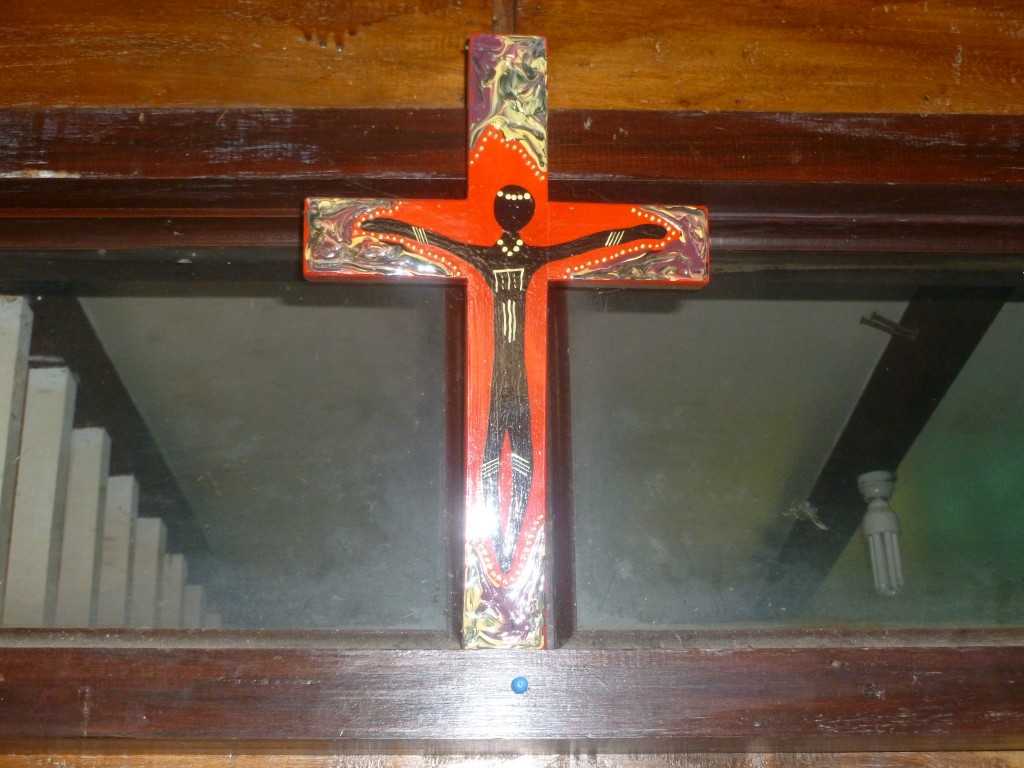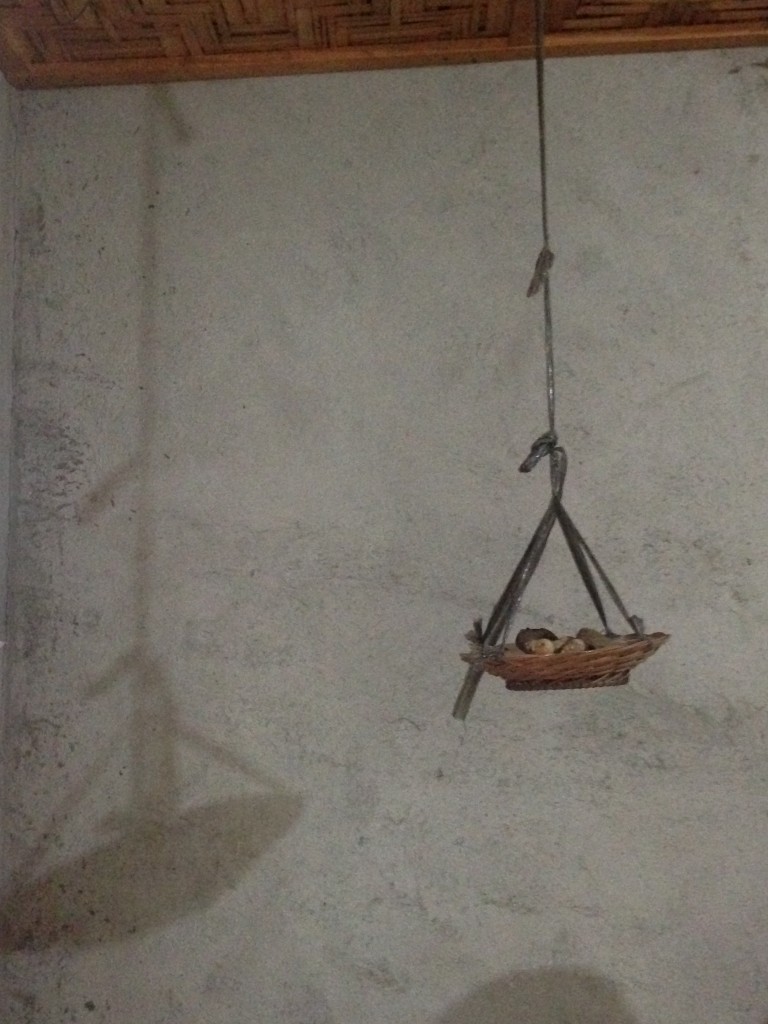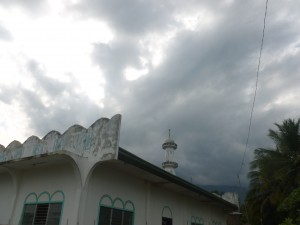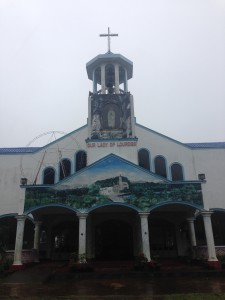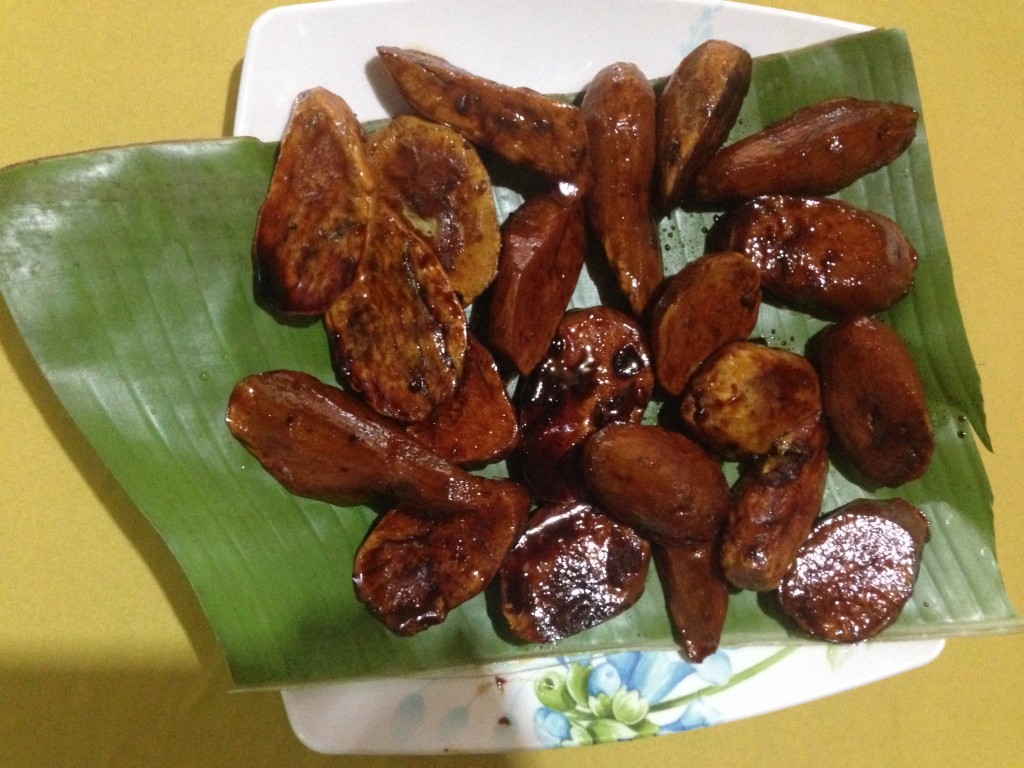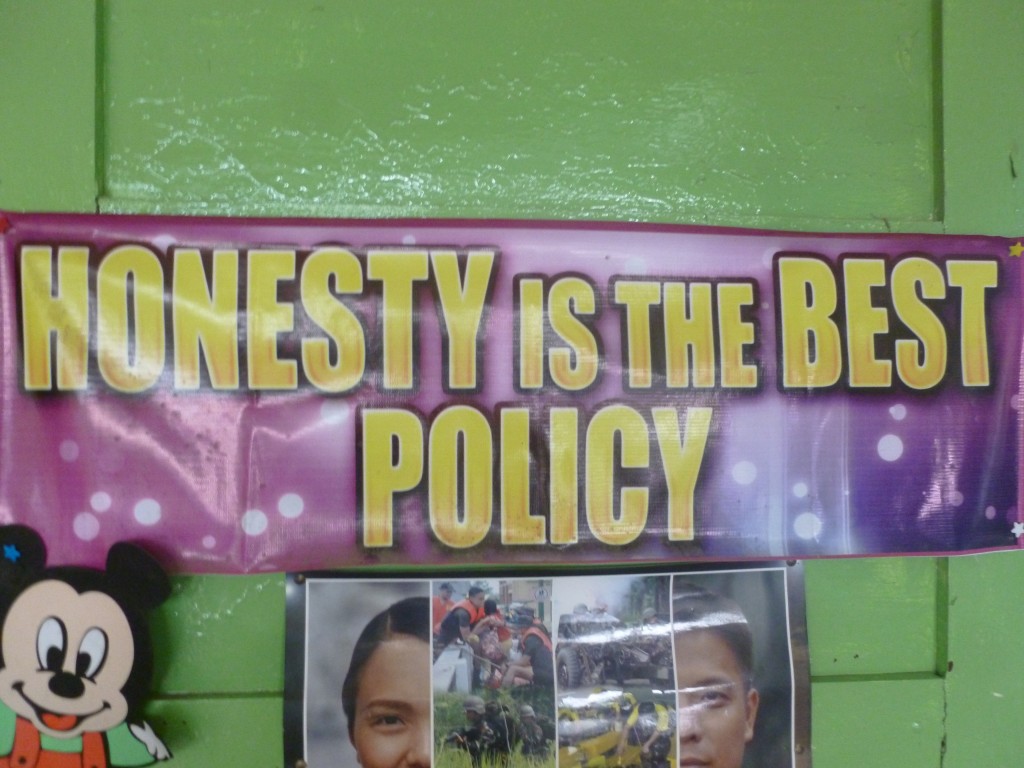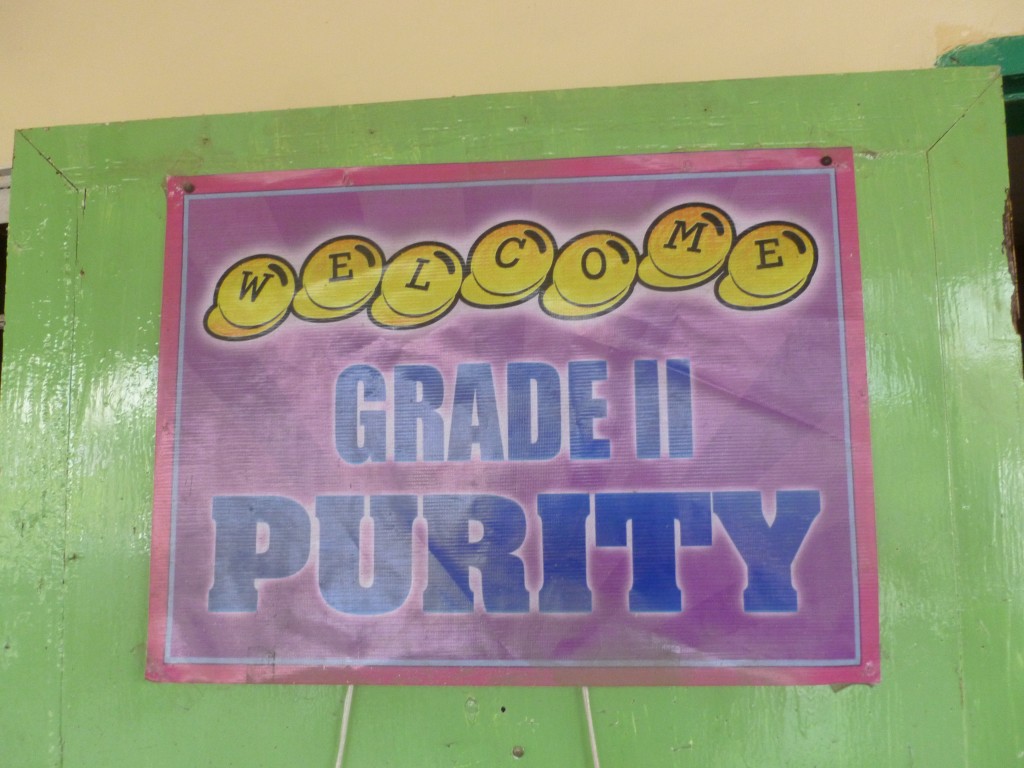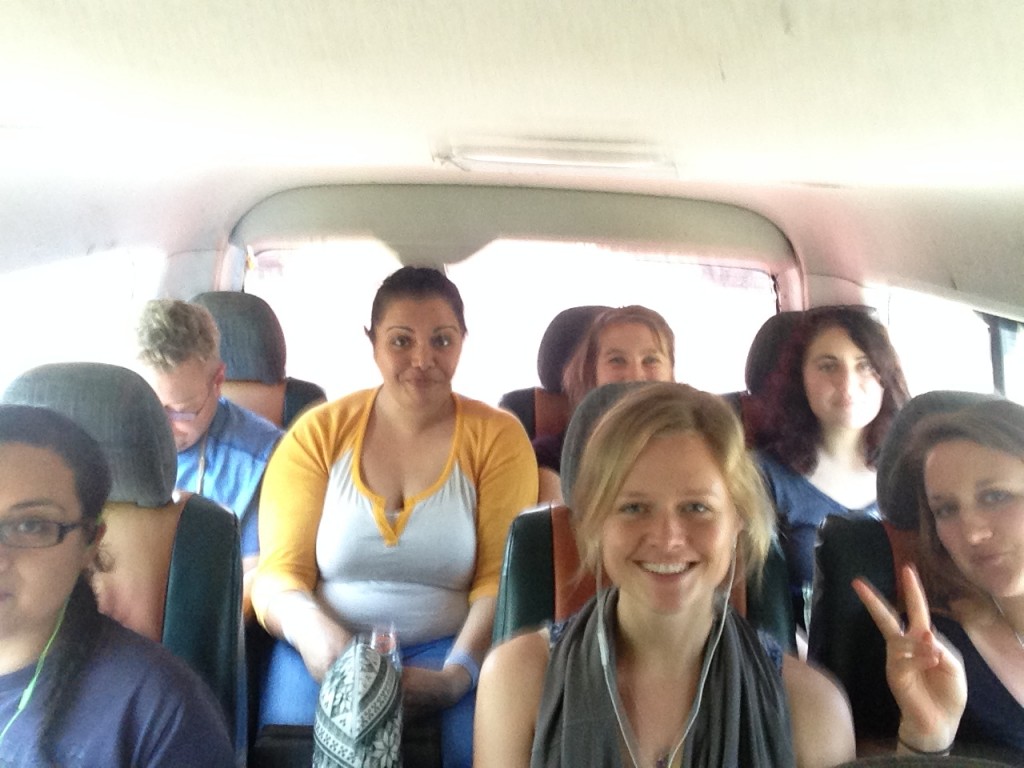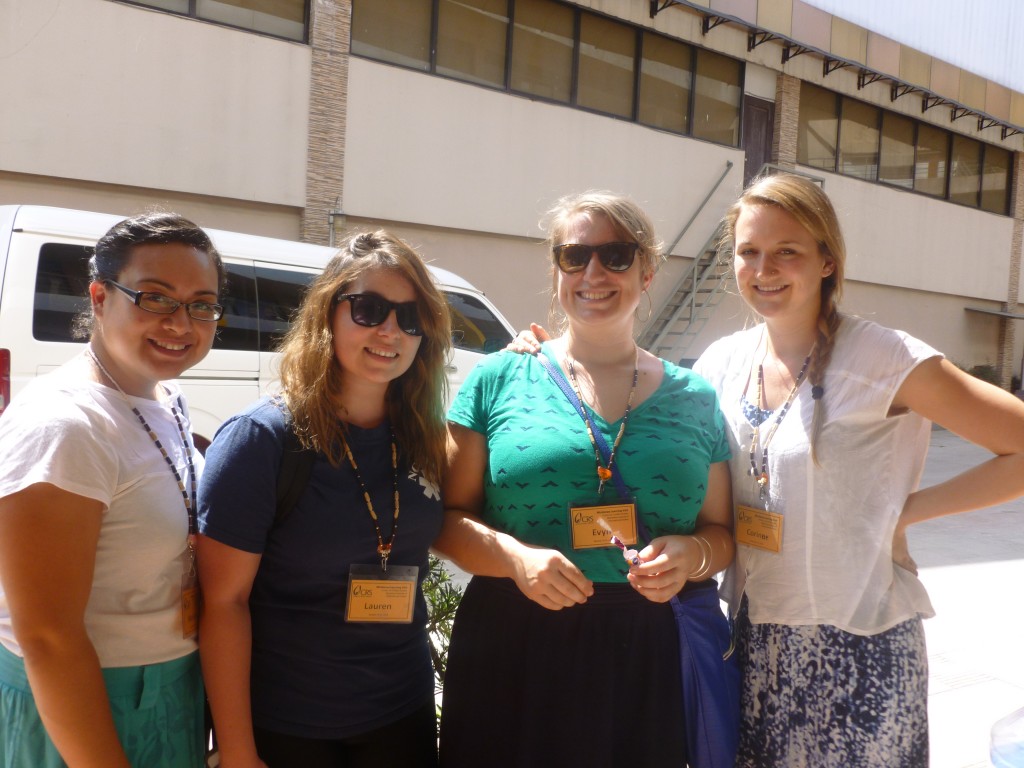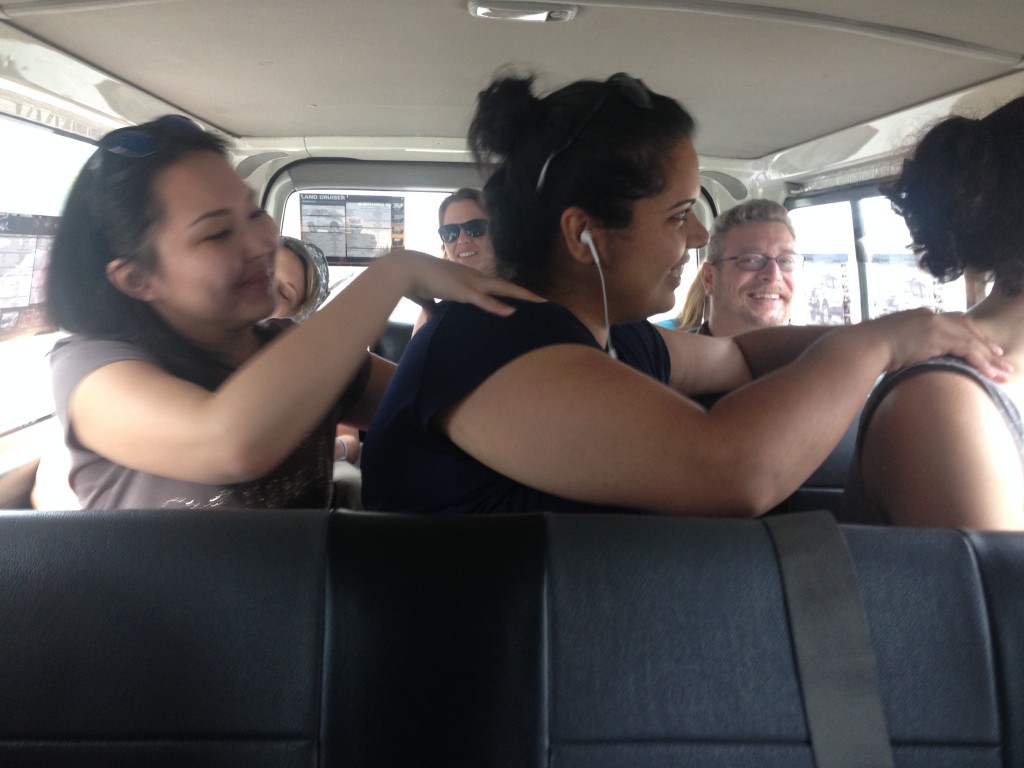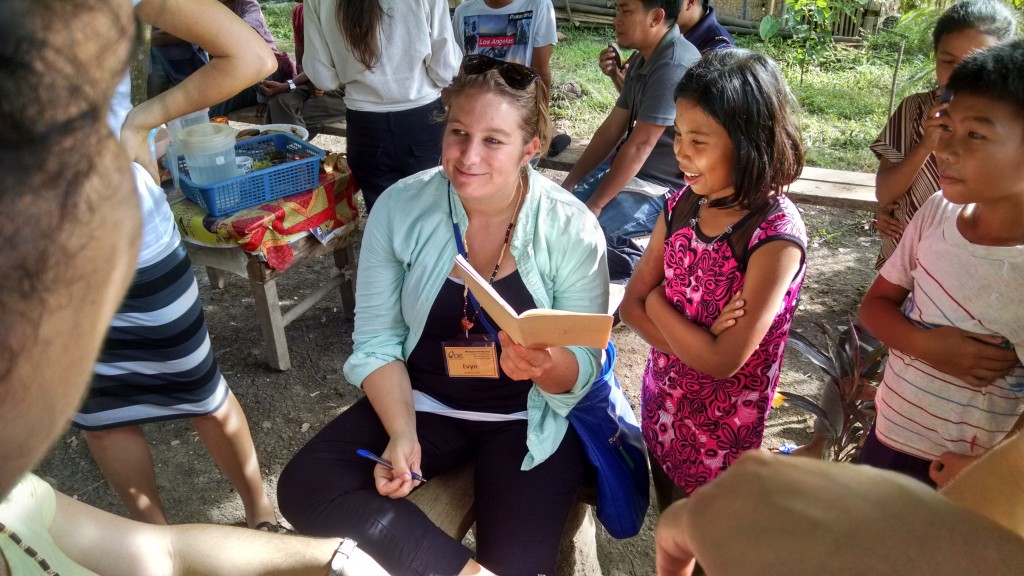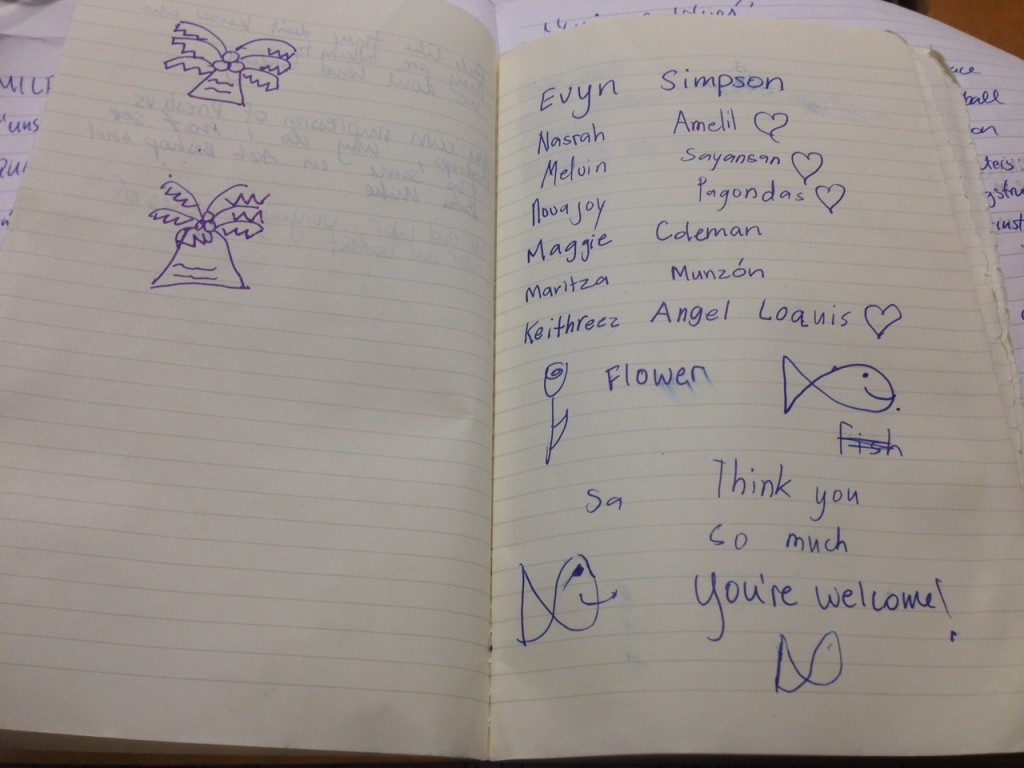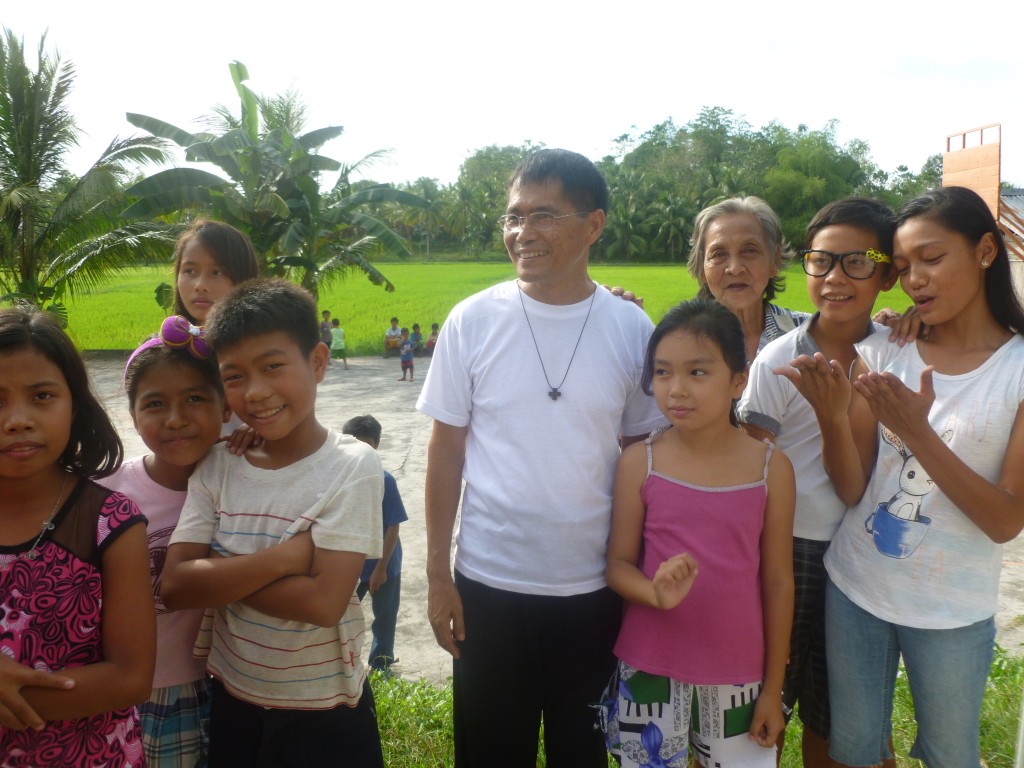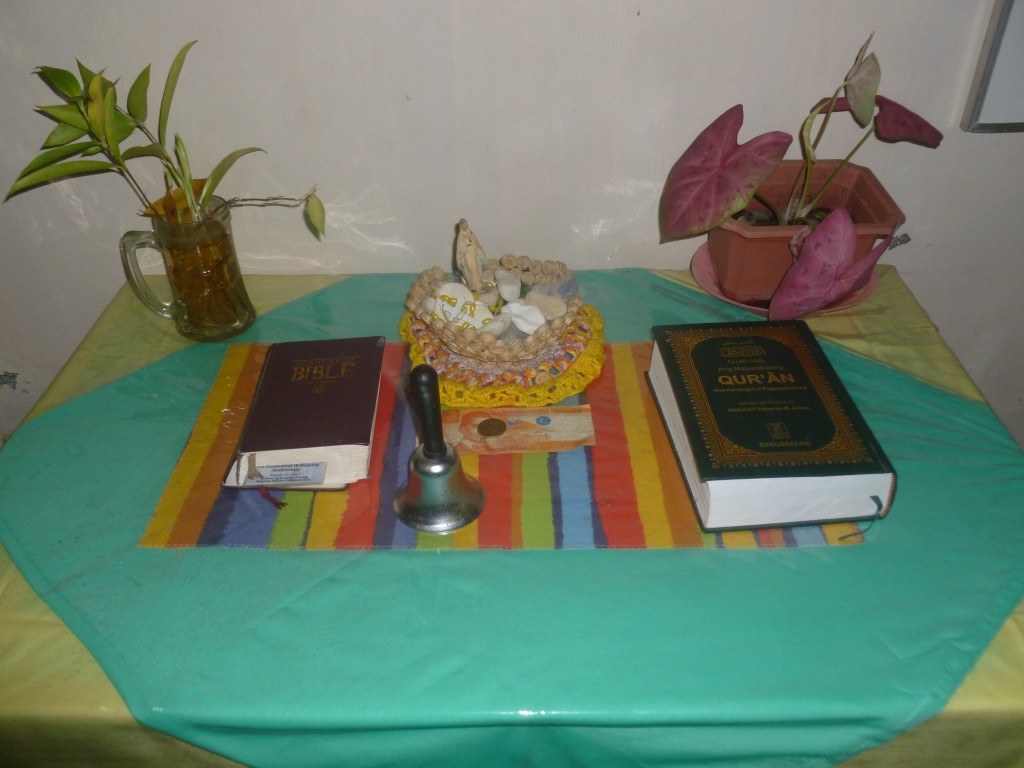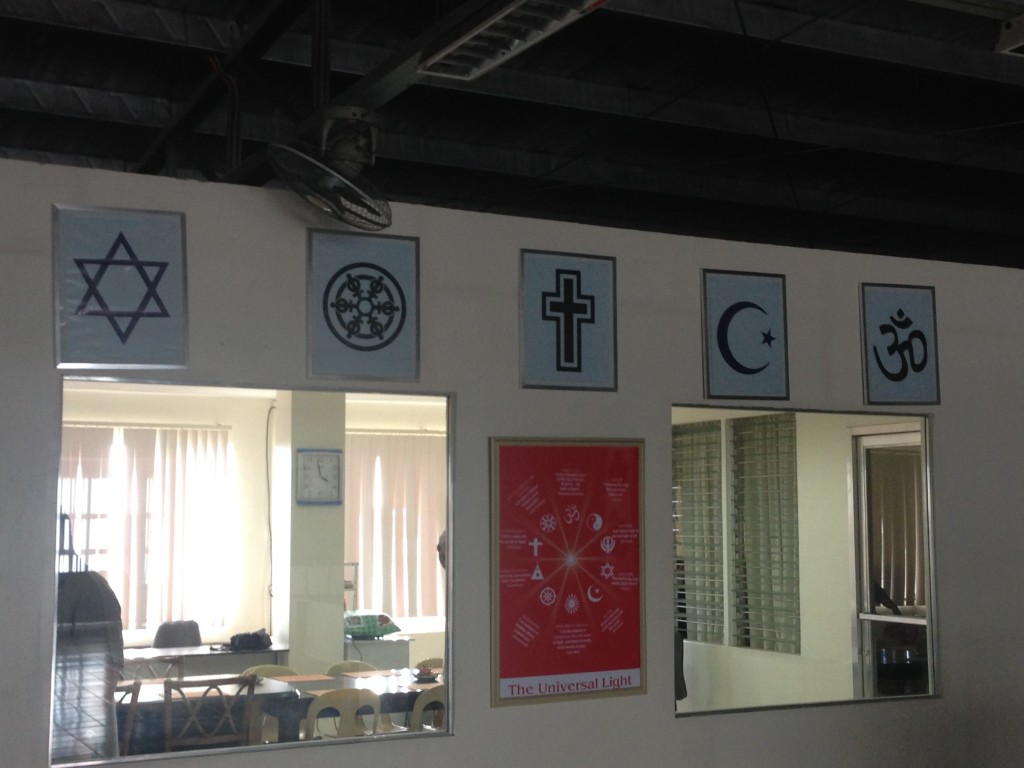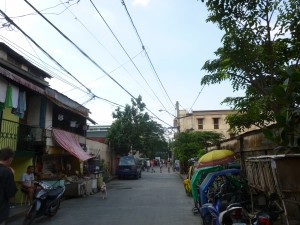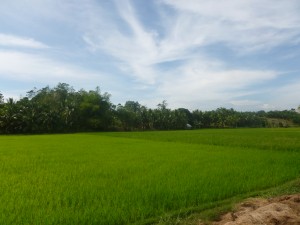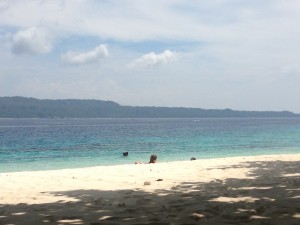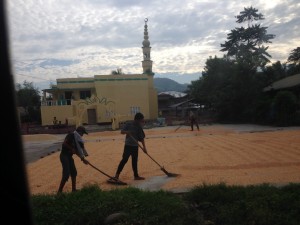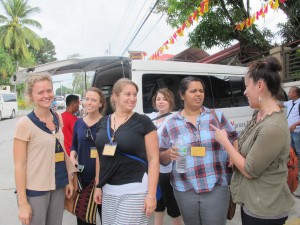As our work with the Challenges to Peacebuilding in Mindanao comes to a formal end, I have had time to reflect on all of the things that we saw, heard, and experienced in Mindanao. It has been a week since we completed our presentation to the larger MIIS community, and we have received very positive feedback. It feels good to be able to increase awareness of this conflict, the nature of our work in Mindanao requires us to do so.
Mindanao is a beautiful island, with a lot of resources and potential for sustained development and peace. The timing of our trip to the region was truly incredible, with a visit from the Pope and the Bansamoro Basic Law progressing, it seemed like it was hopeful time for Mindanao. Just days after we left,, an incident occurred, where over 60 people were killed. The mamasapano incident re-opens a region’s trauma and further postpones the progression of the BBL, which undermines the optimism we saw while in Mindanao.
The takeaways are multiple. I have learned a lot about myself and what I need to work on if I want to work in the field. I have reflected and will continue to reflect on this trip to Mindanao, through writing assignments, creative projects, through conversations, and other work to give purpose to this experience

